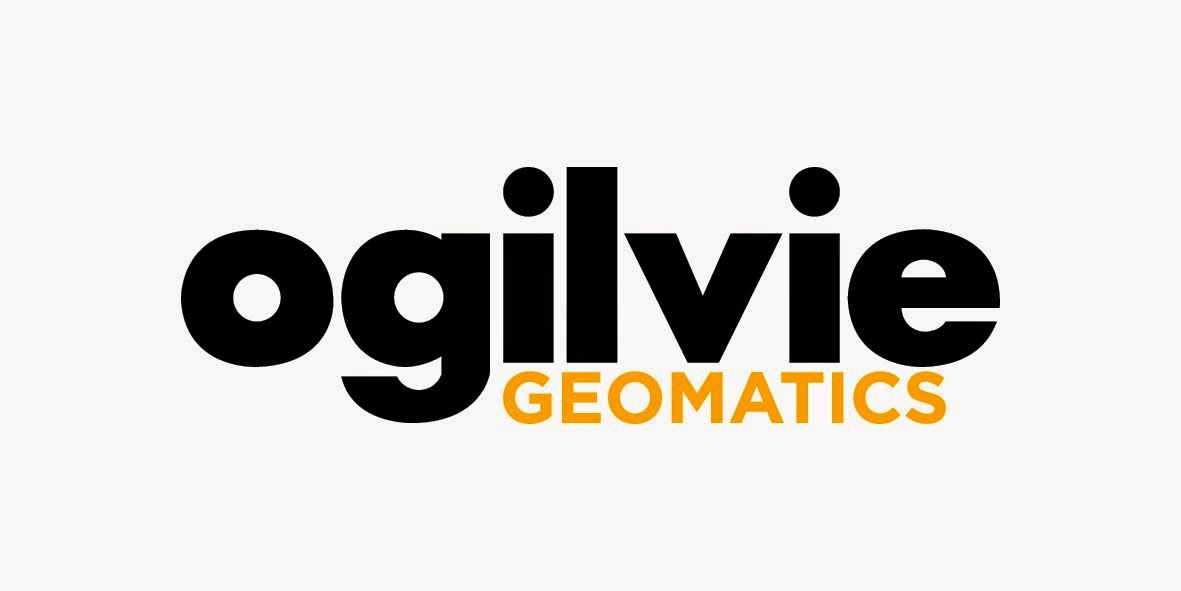This new 3rd edition guidance note is essential reading for all RICS members interested in boundary dispute practice (England and Wales) and will also act as an effective refresher for experienced practitioners.
Boundaries: procedures for boundary identification, demarcation and dispute resolution, 3rd edition (England and Wales)
http://epicms.rics.org/uk/knowledge/professional-guidance/guidance-notes/boundaries-procedures-for-boundary-identification-demarcation-and-dispute-resolution-3rd-edition/
This new edition is fully updated and revised, contains several restructured sections and focuses on the essential processes behind setting up a project all the way from the initial contact stage, to the contract, to the report and possible litigation procedures. Ordnance Survey and Land Registry have had extensive input into this new edition and the expert working group have also added new sections on airspace and substrata, party structures and the addition of the new ‘survey accuracy banding table’. The appendixes have been further strengthened by the addition of new ‘model’ examples of boundary agreements, terms of business for boundary disputes, entering neighbouring land and in-depth explanations on highway issues and essential terms.
The importance of boundary research, measured field surveys and advice on best practice survey techniques and final report are outlined. The guidance note also contains extensive listings of further reading and online resources. The guidance note also explains the concept of 'general boundaries' and how boundary demarcation (determined/fixed) is part of the dispute resolution process.
This guidance note was prepared by the a specialist working group of the RICS Boundaries and Party Walls Working Group (B&PWWG), the Mapping and Positioning Practice Panel (MAPPP) and the Geomatics International Professional Group Board (GIPGB). The B&PWWG is a cross-professional group specialist panel of technical and chartered surveyors from the building, land surveying (Geomatics) and rural areas of practice, and brings together some of the leading and most distinguished professional surveyors working within the arena of neighbour disputes.
Summary
The physical extent of property ownership and rights of use are basic attributes of land and buildings and are capable of being evaluated by property professionals. Uncertainty of the extent of ownership and its associated rights affects the physical use and rights to repair, maintain, gain access to and obtain value of the land.
Updates with regards to latest survey/geomatic industry news, guides and procedures.
Ogilvie Geomatics

Monday 31 March 2014
Friday 28 March 2014
Snake Grid Lecture at RICS
We attended a lecture last night on the Snake Grid co-ordinate system at Parliament Square, London.
I would like to congratulate both Chris Preston - Network Rail and Jonathan Iliffe - UCL on delivering a well structure and thought through lecture. The lecture helped to improve our knowledge on reasons for distortions in co-ordinate systems and variables that can affect scale factor. They delivered a succinct explanation of the snake grid co-ordinate system and the advantages of using such a system.
When working on projects that extend for a few kilometres, engineers and surveyors are accustomed to the concept of a local site grid that effectively makes a flat Earth assumption.
As projects grow beyond a few kilometres, however, it becomes necessary to introduce a projected coordinate system – and then all those working on the site have the problem of making scale factor corrections. If there is a significant height range across the project then there is the added problem of making reductions to sea level or any other standard reference height.

The SnakeGrid solution provides a coordinate grid system that maintains a unity scale factor along a trend line that follows the project in plan and height.
In this way, projects such as railways, highways and pipelines that extend for hundreds of kilometres can have a single seamless grid with a scale factor distortion less than a few parts per million along the whole project and for several kilometres on either side.

For more information visit: http://www.snakegrid.org
I would like to congratulate both Chris Preston - Network Rail and Jonathan Iliffe - UCL on delivering a well structure and thought through lecture. The lecture helped to improve our knowledge on reasons for distortions in co-ordinate systems and variables that can affect scale factor. They delivered a succinct explanation of the snake grid co-ordinate system and the advantages of using such a system.
When working on projects that extend for a few kilometres, engineers and surveyors are accustomed to the concept of a local site grid that effectively makes a flat Earth assumption.
As projects grow beyond a few kilometres, however, it becomes necessary to introduce a projected coordinate system – and then all those working on the site have the problem of making scale factor corrections. If there is a significant height range across the project then there is the added problem of making reductions to sea level or any other standard reference height.

The SnakeGrid solution provides a coordinate grid system that maintains a unity scale factor along a trend line that follows the project in plan and height.
In this way, projects such as railways, highways and pipelines that extend for hundreds of kilometres can have a single seamless grid with a scale factor distortion less than a few parts per million along the whole project and for several kilometres on either side.

For more information visit: http://www.snakegrid.org
Subscribe to:
Posts (Atom)